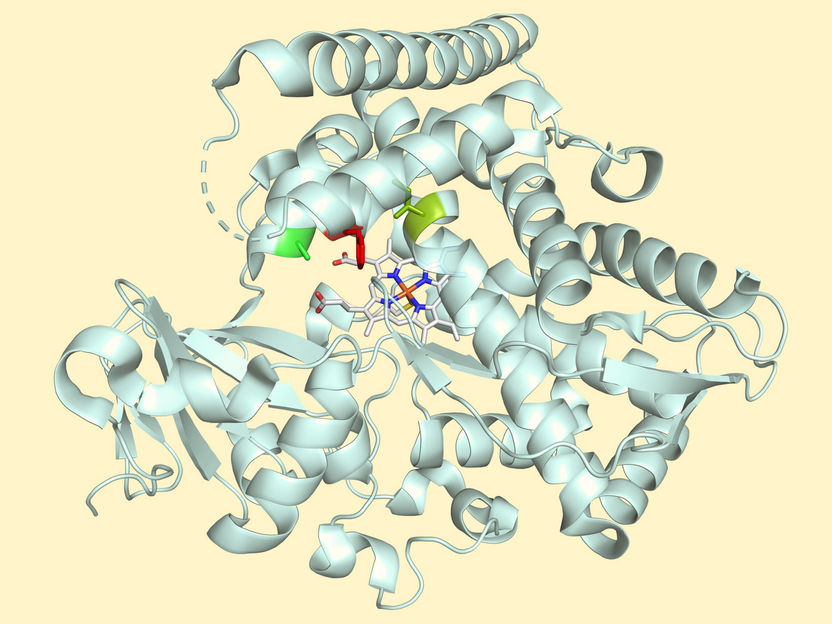Predicting the behavior of polymers: New simulation method for synthetics and biopolymers
Advertisement
How much mechanical stress can new kinds of synthetics handle, and what holds biopolymers together? Using advanced simulation of properties, materials scientists could realize significant development cost savings, and biophysicists could examine the characteristics of biopolymers and human cells. At this point, however, traditional methods bump up against their limits. Engineers at the Technische Universitaet Muenchen have now extended the finite element method frequently used in engineering in a way that makes precisely this kind of simulation possible.
Plastics consist of long, chain-like molecules. The flexibility of these chains has a decisive influence on the material properties. A lot of time and money would be saved in the development of new plastics if more accurate projections of their behavior could be made. Biology is facing similar problems: Biopolymer networks are instrumental in a wide range of biologically and medically relevant processes. They are particularly important for the division, movement, and deformation of cells.
Due to the enormous complexity of these networks, investigations are often only possible using computer simulations. However, in the past the size and the complex properties of the systems to be simulated in material science and biology have set strict limits on accurate models. The use of traditional simulation methods in these fields has so far required computational capabilities beyond the reach of even supercomputers.
Professor Wolfgang Wall and his team at the Institute for Computational Mechanics at the TU München have now extended the finite element method, a highly efficient tool used in engineering sciences, to allow its application in the simulation of micromechanics of plastics and biopolymers. In finite element analysis the physical effects of a given domain are simulated by dividing the area into subdomains and assigning the net effects in each of these so-called finite elements to individual nodes. During simulation the computational steps then need to be applied to these nodes only.
Up to now it was unclear how the effects of statistical mechanics, which are essential in biophysics and polymer physics, could be accounted for using this method. The problem is that the molecules are constantly and randomly stimulated by ambient heat, causing them to constantly move a little. The newly developed simulation method has solved this problem and has thus cleared the path for highly efficient simulations in statistical polymer physics and biophysics. Using this method, systems that have hitherto been too large and too complex can now be investigated using computer-aided analysis.
“The great advantages of the new method are its versatility, its efficiency, and its solid mathematical basis,” says Professor Wall. The basic method has been applied to a variety of problems in science and technology – however, it has never before been applied to the simulation of these kinds of problems. Here, theoretically challenging enhancements were required. Fortunately, these enhancements can easily be integrated into many existing, highly sophisticated software packages, allowing the method to be applied directly in simulations.
Using this novel simulation method in a project of the International Graduate School of Science and Engineering (IGSSE) at the TU, the engineers, together with biophysicists, hope to make considerable progress in understanding the behavior of biopolymer networks. “We want to understand how polymer networks react dynamically to external stress and how, for example, they adapt their structure in the process,” says Christian Cyron, doctoral candidate at the Institute for Computational Mechanics. That in turn could improve understanding of the mechanical behavior of human cells, which is also essentially governed by a biopolymer network, the cytoskeleton. In the long run these findings could lead to the development of new medical technologies.
Original publication: Christian J. Cyron and Wolfgang A. Wall; "Finite-element approach to Brownian dynamics of polymers"; Physical Review 2009.



































































